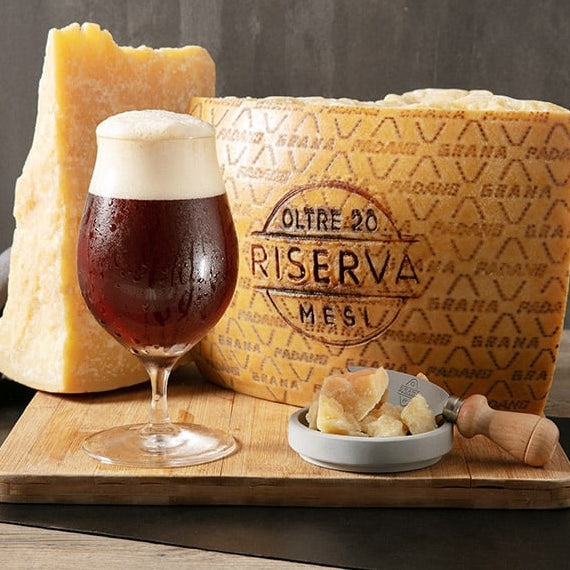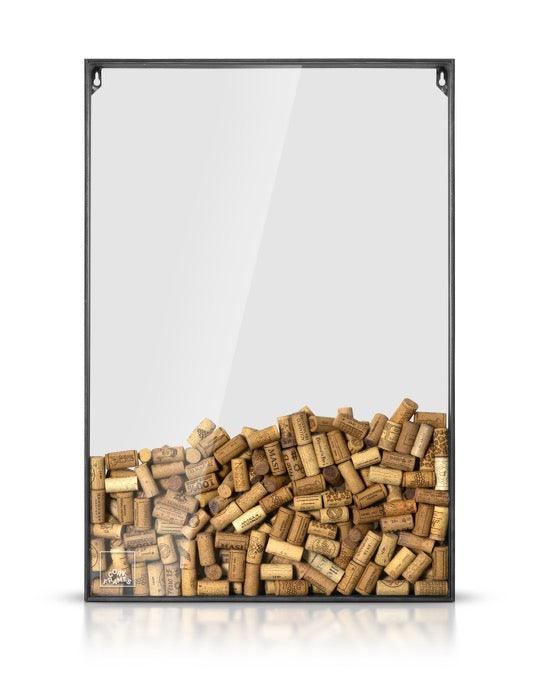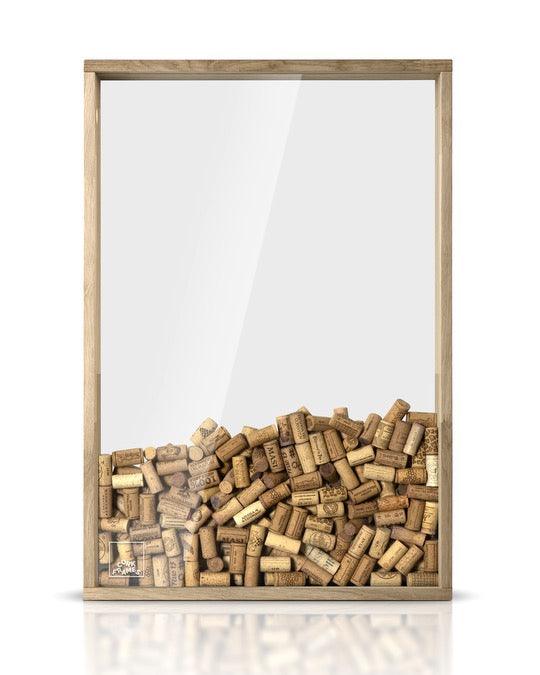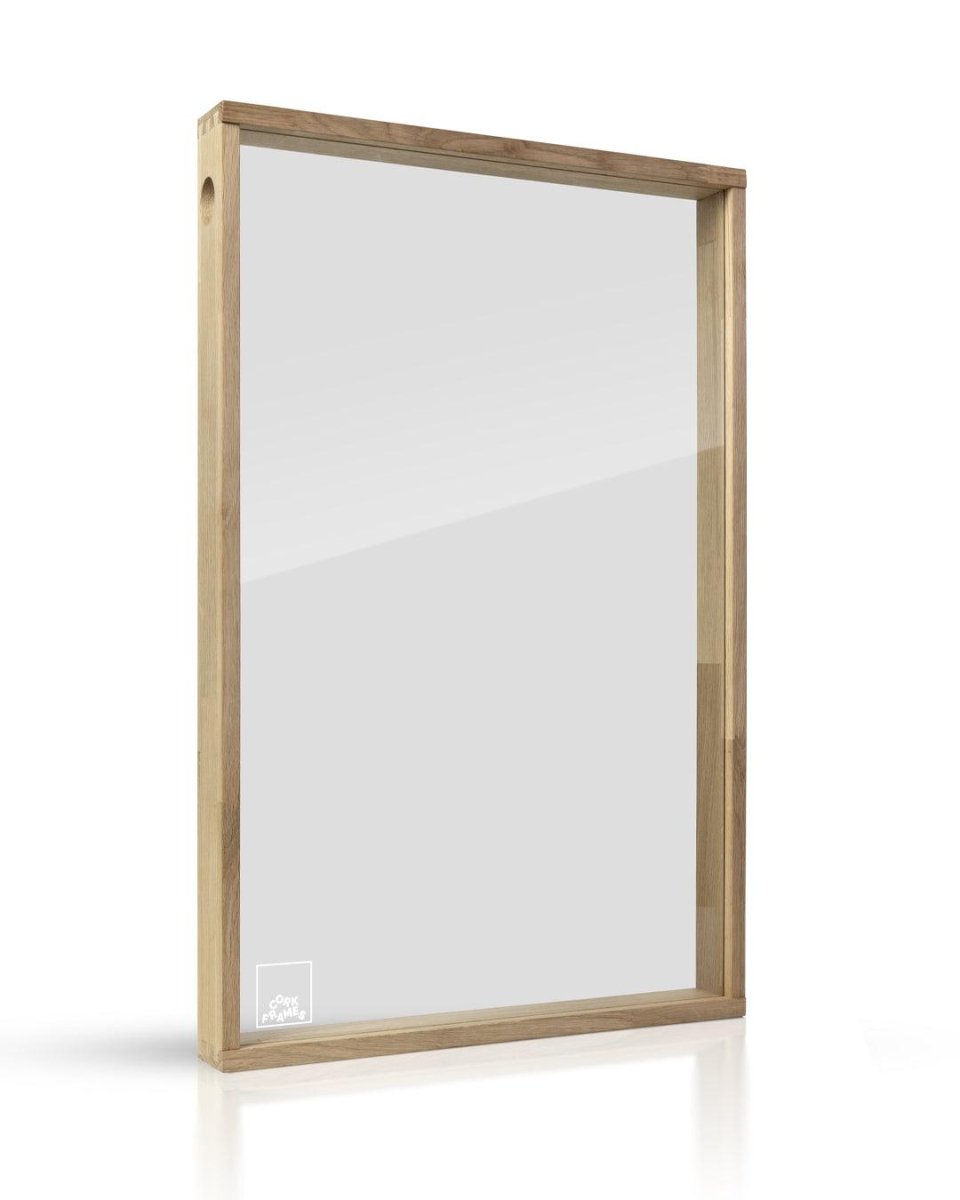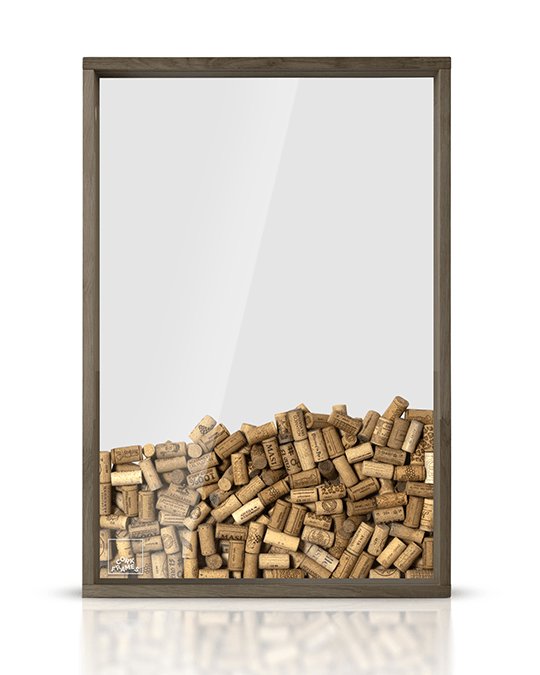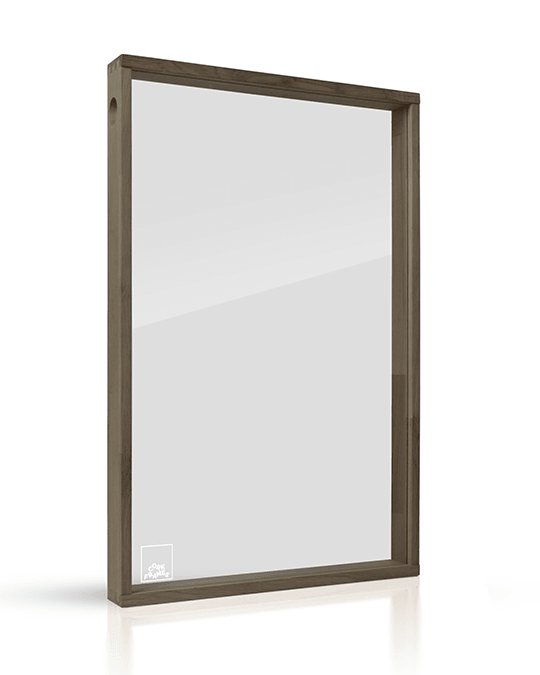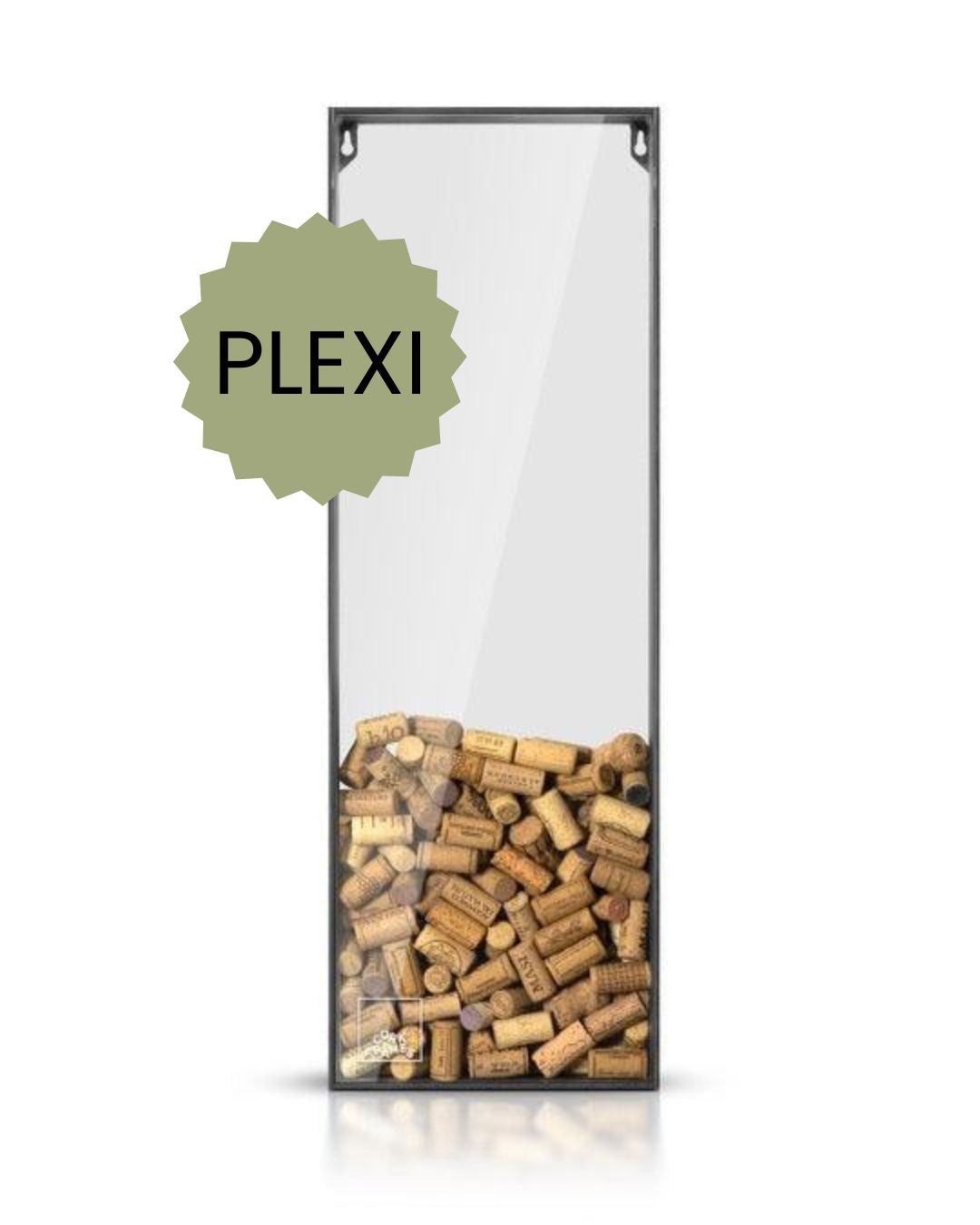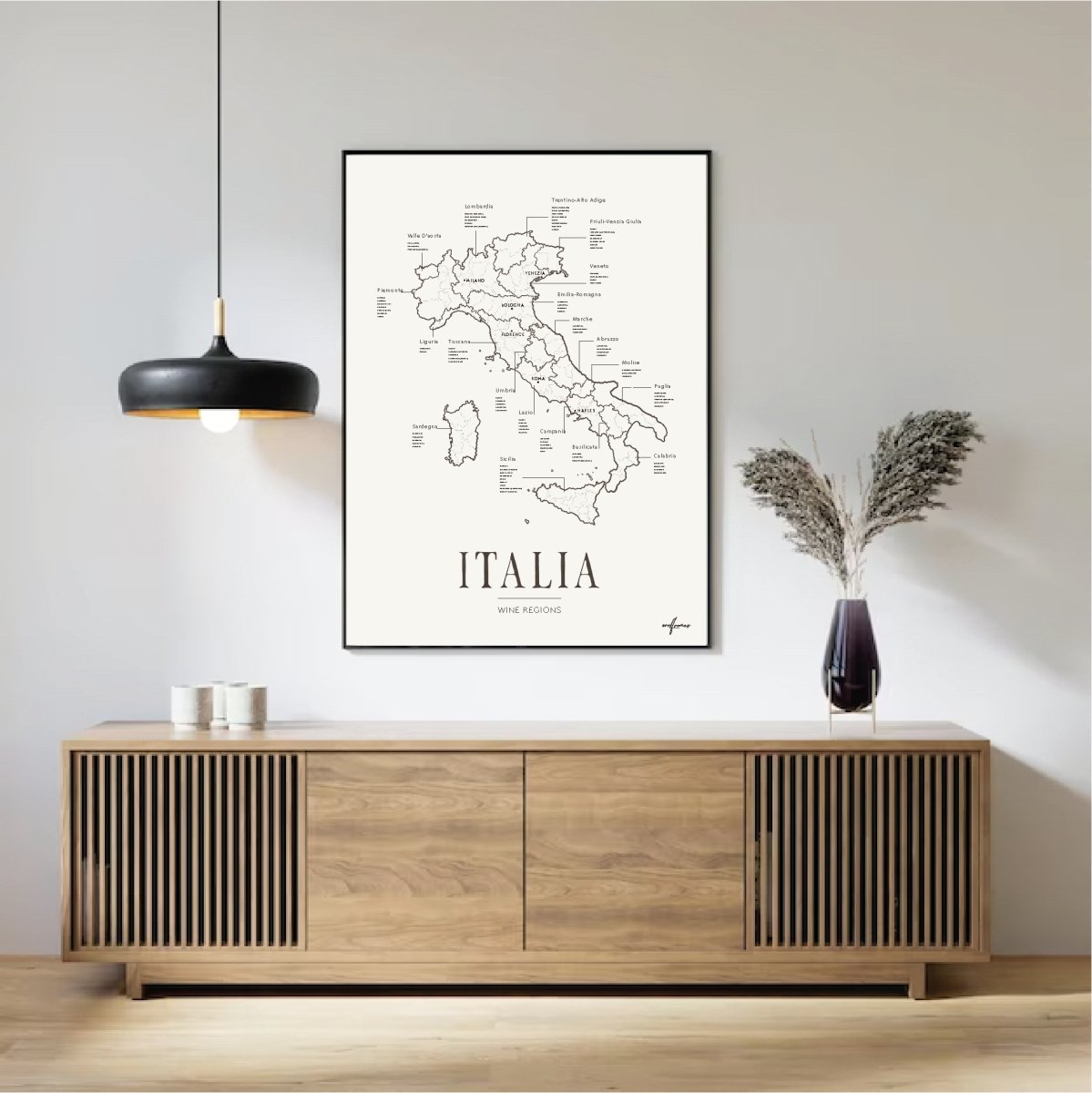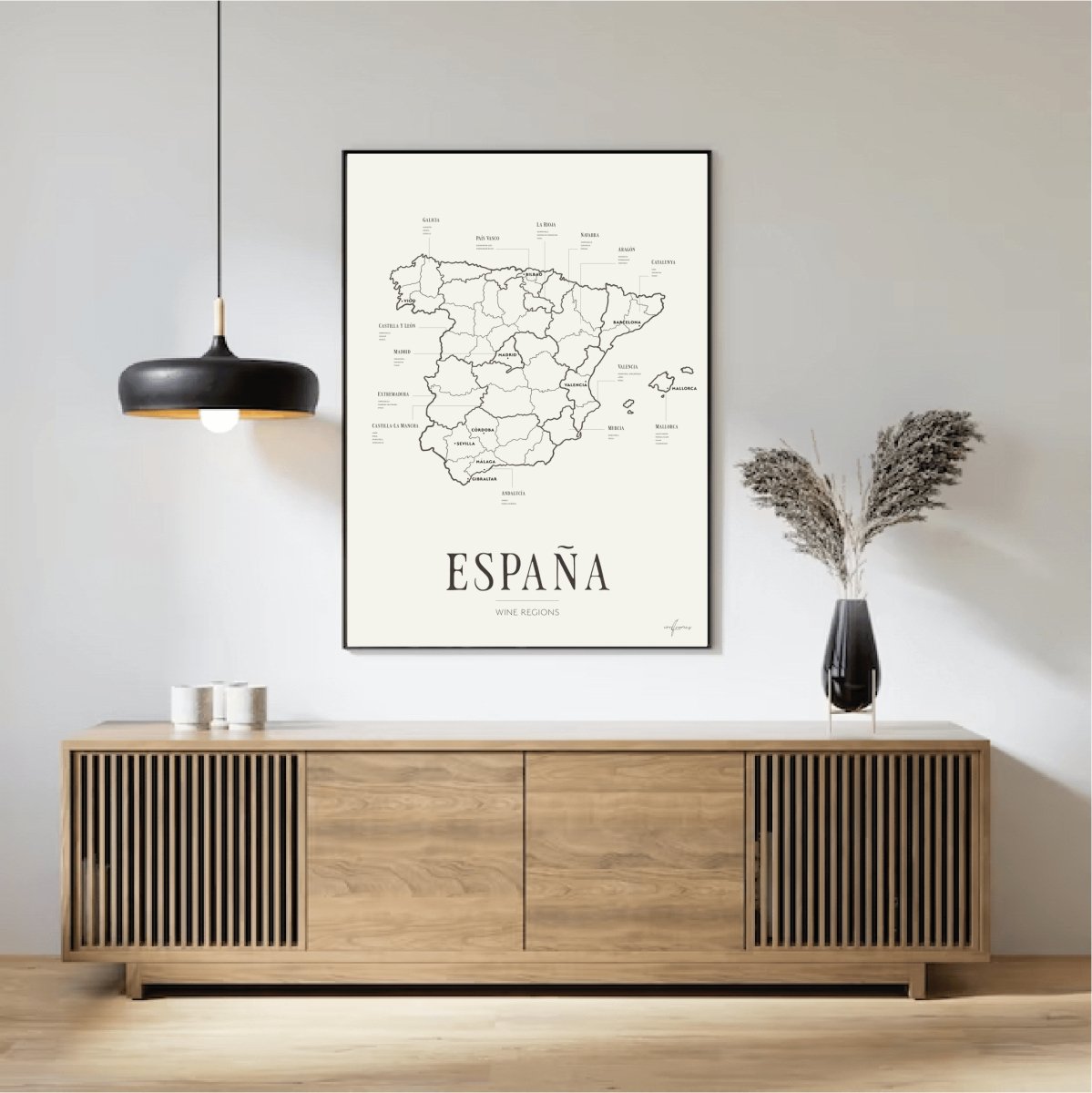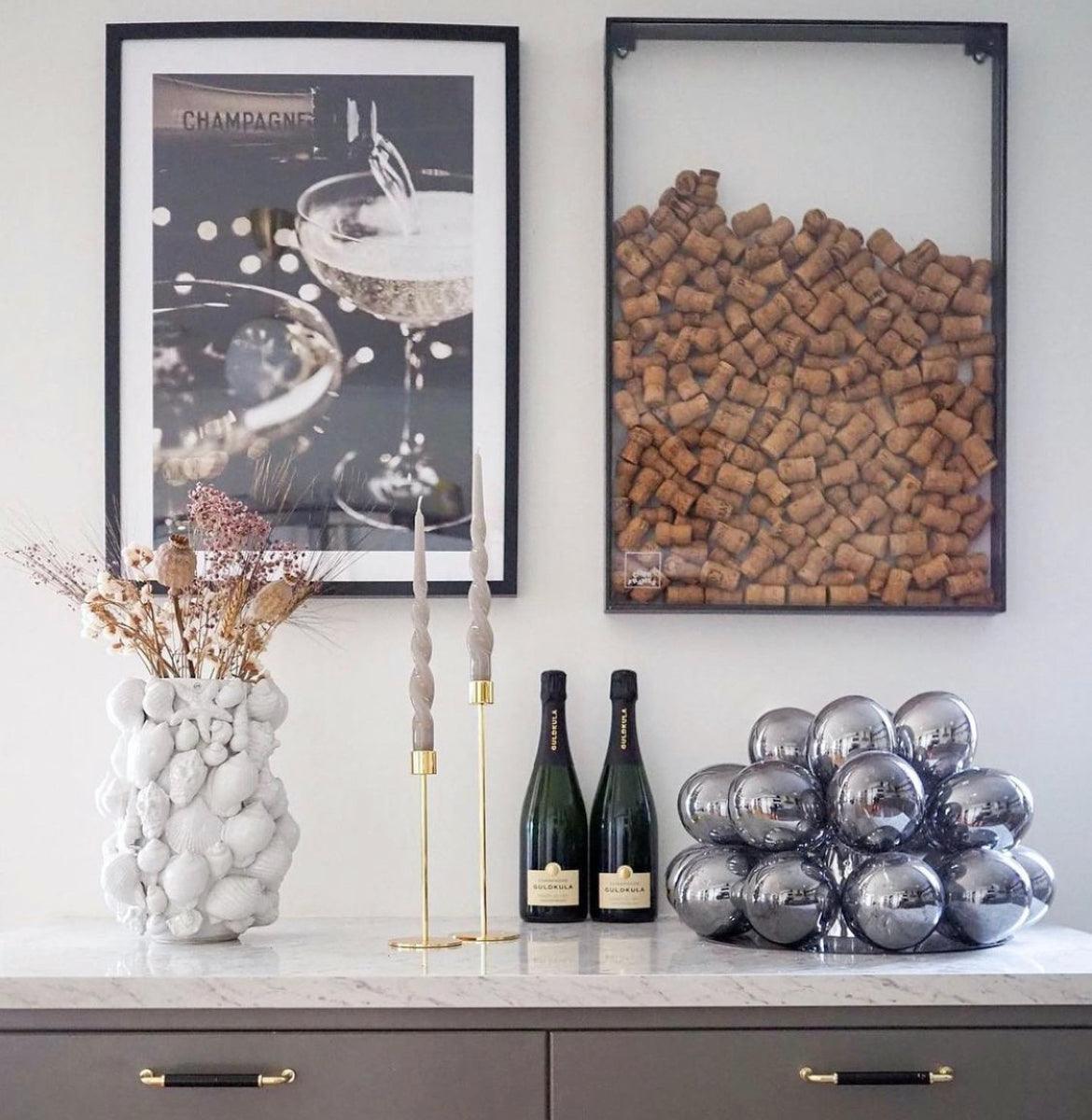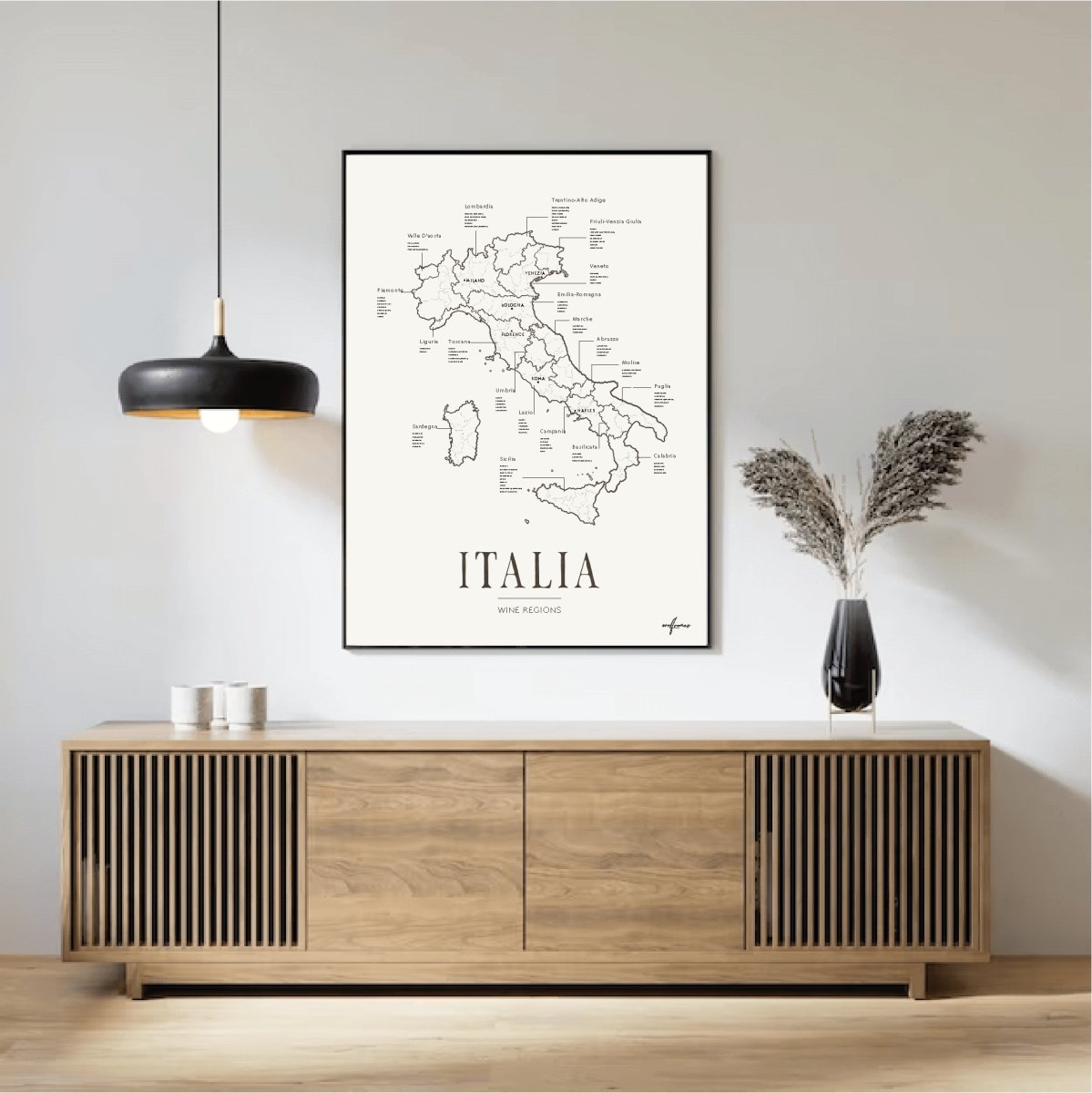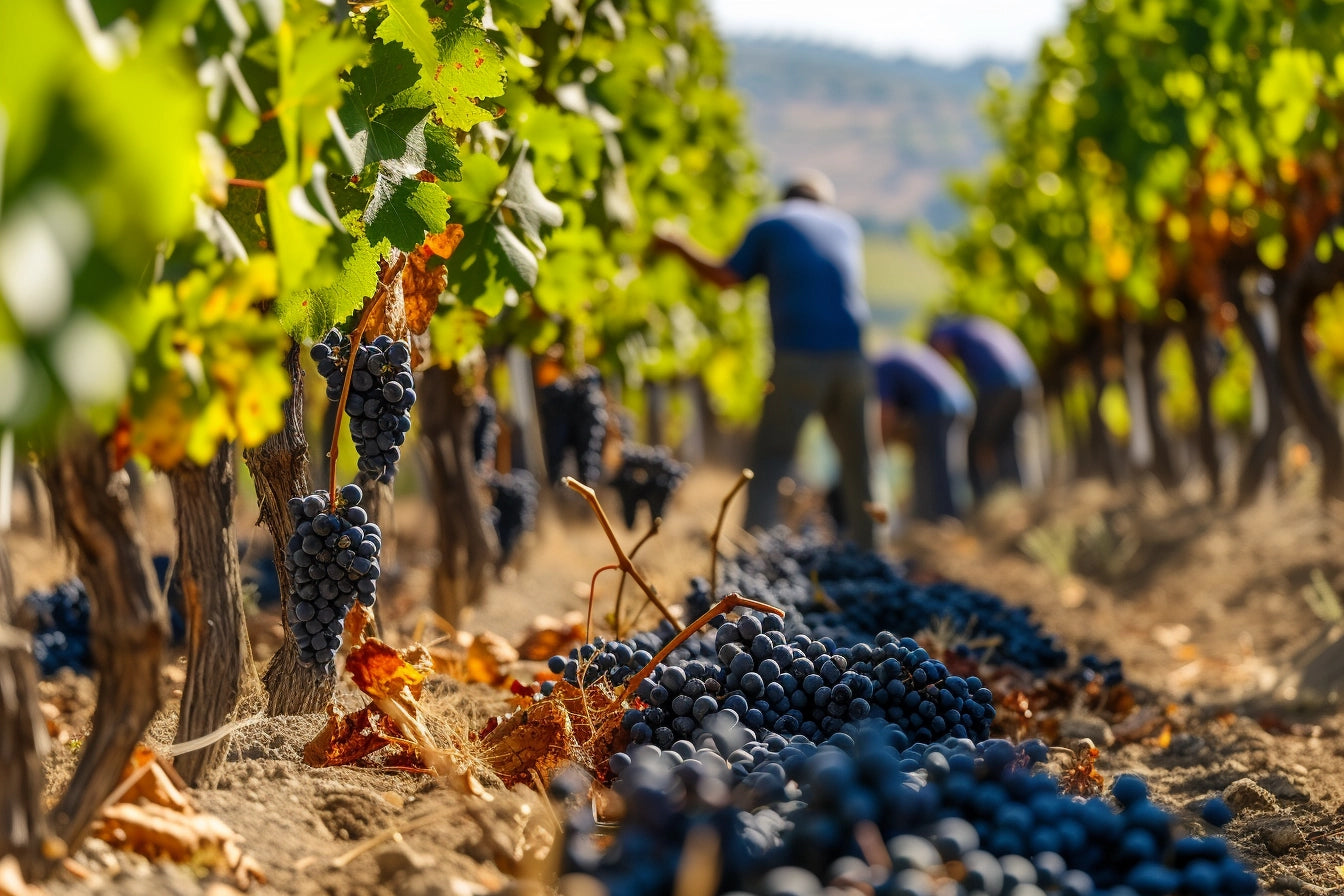Bringing in the Christmas tree is one of the most cherished traditions of the season. The scent of pine, the soft glow of lights, and the decorations collected over years all contribute to that magical holiday feeling.
But buying and setting up your Christmas tree is about more than just picking a nice-looking one — with the right care and choices, your tree will stay beautiful, fresh, and festive all season long. Here’s what you need to know.
1. Choose the Right Type of Christmas Tree
There are several common varieties of Christmas trees, and each has its pros and cons. Your choice will affect scent, appearance, longevity, and price.
Norway Spruce – The Classic Christmas Tree
The traditional European Christmas tree. It has a lovely, strong pine scent and a narrower shape. It’s usually the most affordable option but tends to shed needles faster, especially in dry indoor air.
Nordmann Fir – The Luxury Choice
Also known as the king of Christmas trees, this variety features soft, dark green needles and a full, symmetrical shape. It sheds very little and lasts longer but has a milder scent and typically comes at a higher price.
Silver Fir – Decorative and Durable
Recognizable by the silvery underside of its needles. A stylish and long-lasting option, though less common and sometimes harder to find.
2. When Should You Buy Your Tree?
To make sure your tree stays fresh through Christmas and New Year, the best time to buy is about 1–2 weeks before Christmas Eve. Waiting too long may leave you with fewer choices, especially if you’re looking for a premium Nordmann Fir.
3. How to Make Your Tree Last Longer
A few simple steps can significantly extend the life and appearance of your Christmas tree:
Let it acclimate. Store the tree in a cool area like a garage, balcony, or shed for at least 24 hours before bringing it inside. This reduces the shock from temperature change.
Make a fresh cut at the base of the trunk (about 2–5 cm) just before placing it in the stand. This helps it absorb water more efficiently.
Water is essential! Always use a stand with a water reservoir, and never let it go dry. Once dry, the tree will no longer absorb water and will start dropping needles quickly.
Avoid placing the tree near radiators or fireplaces, as heat will dry it out faster.
4. Decorating Tips – Make Your Tree the Centerpiece
Decorate in layers: Start with lights, then add ornaments, and finish with garlands or tinsel.
Pick a color theme: Whether it’s classic red and gold, modern silver and blue, or natural tones, a cohesive palette creates a more elegant look.
Add personal touches: Hand-made decorations, kids’ ornaments, and family keepsakes bring warmth and personality — just like saving corks in a Corkframe.
5. Is a Real or Artificial Tree More Eco-Friendly?
Short answer: it depends. Artificial trees have a larger carbon footprint at the point of manufacture, and you need to reuse one for 10–15 years to offset it. A natural tree, especially one sourced locally and recycled into mulch or energy, is often the more sustainable choice.
Choosing and bringing in a Christmas tree is more than tradition — it’s a moment of care and preparation that sets the tone for the entire holiday season. By selecting the right tree, caring for it properly, and adding thoughtful decoration, you create not just a centerpiece, but a meaningful experience the whole household will enjoy.



